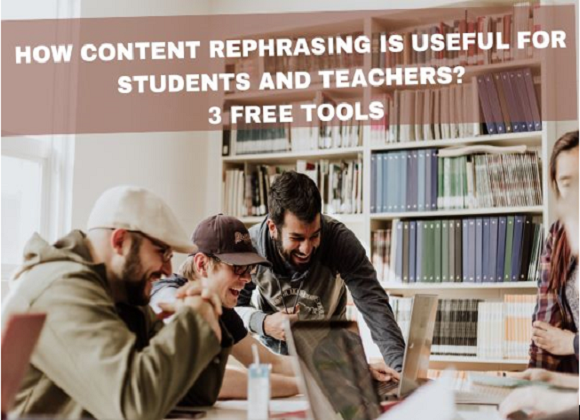Courses
Grow skills with quality courses
Introduction
The purpose of education is “…to enrich the lives of students by expanding their world and creating a sense of curiosity and wonder”, (Beecher and Sweeny, 2008, p.10).To do this, one can use the diversity in a class as starting point to develop the curriculum, instead of considering it a barrier. In other words, differentiate instruction, which means “…“shaking up” what goes on in the classroom so that students have multiple options for taking in information, making sense of ideas, and expressing what they learn”, (Beecher and Sweeny, 2008, p.11).
“People with disabilities suffer inequality in education because of their disabilities and discrimination”, (Flores, Monroy, Fabela, 2015, p.5). While we may not be able to do much about the disability, we can certainly do something about discrimination. This is through programs in education that allow for the inclusion of all. One such program is a compensatory and remedial program.
“Compensatory and remedial programs are two of the multiple education methods used to help students with learning difficulties” (Osewalt, 2019, p.1). The goal of the programs is to include academically deficient students into the mainstream.
While remedial instruction is focused on foundational skills, the compensatory approach focuses on strengths while bypassing the weaknesses. For example, breaking down content is a remedial approach while using a text to speech software is a compensatory approach. Finding the right balance between the two, based on individual needs, is the intelligent middle path. The programs help bridge the gap between the diverse students, enabling all students a chance to succeed. These are an integral part of a differentiated curriculum.
To implement the programs, broadly a framework that allows for differentiation is required, where “… teachers vary Content, Process, and Product for each learner – from prekindergarten to college”, (Reeves, 2006, p.3). Differentiated Instruction or “DI can be implemented through Retrofitting the curriculum or Universally Designing the curriculum for learning”, (Reeves, 2006, p.1).
There are several strategies that can be used to implement the broad framework chosen.
Conclusion
“Many authors have said that schools create an elitist society and contribute to polarization”, (Flores, Monroy, Fabela, 2015, p.9). One way to reverse the polarization is to have compensatory and remedial programs; however, as an integral part of the school curriculum. Having them stand-alone would serve the polarization further.
About the author
 |
Monica Kochar started her career as a Maths teacher in 1993. She has years of experience as a Maths Curriculum Designer with leading education platforms. This write-up has been reproduced from ' Humane Maths ' with the Author's consent. Any views expressed are personal.
|
Comments
Recommended by Gurushala

Technology & Innovation
-By Valentina MilanovaHow Content Rephrasing is Useful for Students and Teachers? 3 Free Tools

Stories of Indian Classrooms
-By GurushalaOn the course of continuous learning- An inspiring teacher story from Pune
Related Articles
